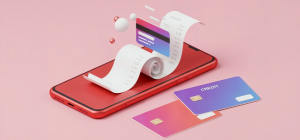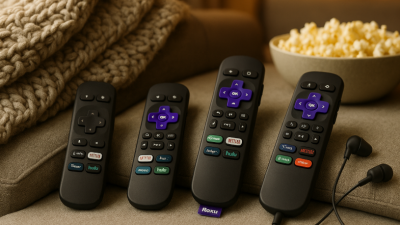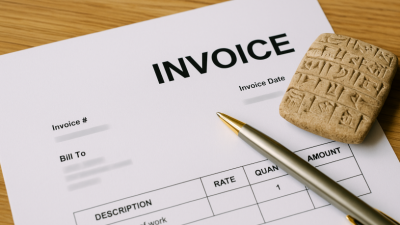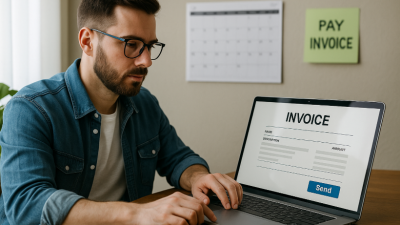Let’s be honest—no one wakes up excited to talk about invoices. But if you’re a freelancer, small biz owner, or someone who gets paid online, PayPal invoices can be a lifesaver. We’re talking about a fast, clean, and international-friendly way to request money without needing to deal with sketchy payment platforms or clunky bank wires.
These invoices aren’t just glorified receipts. They’re proper digital tools that let you send a professional payment request, track it, and even automate reminders if someone “forgets” to pay. You fill out a few fields, hit send, and voilà—your client gets an email with a big shiny “Pay Now” button. No need to manually hunt down payment details or chase people with spreadsheets.
So, How Do PayPal Invoices Actually Work?
You don’t need to be a tech wizard or a CPA to use this thing. The process is super intuitive. From your PayPal account, just hit “Create Invoice,” type in what you’re charging for, the amount, due date, any taxes or discounts, and the client’s email. That’s it.
Once sent, your client gets an email with a direct link. They don’t even need a PayPal account to pay—you can accept credit cards, debit cards, or PayPal funds. If you’re dealing with someone on the other side of the planet, PayPal will automatically handle currency conversion. And yes, it even lets you attach files, like contracts or photos of the service provided.

Every invoice you send is saved in your dashboard, making it easy to track who’s paid and who’s ghosting you. You can also set up recurring invoices for repeat clients and export them for tax season without wanting to cry.
How to Pay a PayPal Invoice (Without Breaking a Sweat)
Maybe you’re not the one sending invoices, but receiving them. Don’t stress—PayPal made it as smooth as possible. First, check your email. You’ll see a message with a button saying something like “View and Pay Invoice.” Click it, and you’re taken to a clean interface showing what you’re being charged for.
You can choose to pay with your PayPal balance, a linked bank account, or any credit/debit card. It even works on mobile, so you can pay while lying on your couch watching Netflix.
One tip: always double-check the sender’s details before you pay. Make sure you actually know the person or business requesting money. A real invoice usually has clear info, a description of services, and often some branding or logo.
Why Use PayPal Invoices Instead of Just Sending a Payment Link?
You might be thinking, “Why not just send someone my PayPal.me link?” Good question. Payment links are fine for casual stuff—like splitting dinner or buying something small. But invoices add structure, documentation, and a sprinkle of professionalism.
Invoices let you:
- Break down what you’re charging for (itemized style)
- Add taxes or shipping costs
- Include terms and due dates
- Track who viewed it, who paid, and who ignored it completely
Plus, some clients—especially business ones—will actually ask for an invoice for their accounting. A payment link just doesn’t cut it in those cases. So if you want to be taken seriously (and get paid on time), invoices are the way to go.
The Sneaky Side: How to Avoid PayPal Invoice Scams
Now here’s the part where things get shady. Unfortunately, scammers love PayPal invoices because they look legit. You might get an email that says something like “Your PayPal invoice is ready” with a payment request for a thing you never ordered.
It’s sneaky, but avoidable if you stay sharp.
Here’s how to spot a scammy invoice:
- The email address is random or misspelled (like paypaI.com instead of paypal.com)
- The invoice is for something generic like “Security Software Package” with a weirdly high price
- There’s urgency in the message: “Act now or be charged automatically!”
If you get something suspicious, don’t click any links. Log in to your PayPal account directly (not through the email) and check your activity. If the invoice is real, it’ll be there. If not—congrats, you just dodged a bullet.
A Quick List: What to Do When You Receive an Invoice
Just to make sure you’re fully prepped, here’s a quick rundown:
- Verify the sender – Do you know this person or company? Legit invoices usually come with clear contact info and details.
- Review the details – Make sure you’re not being charged for something sketchy or random.
- Log in directly – Don’t click suspicious links. Go straight to PayPal.com and check from there.
- Report scams – If it smells fishy, report the invoice through PayPal. It helps protect others too.

Is There a Catch? Let’s Talk Fees and Limits
Of course, PayPal isn’t doing this out of the kindness of its corporate heart. If you’re sending invoices and receiving payments, they take a cut. As of now, it’s around 2.9% + $0.30 per transaction for domestic payments (higher for international ones). So yeah, if you’re invoicing for $100, expect to see around $96.80 after fees.
There are also some limits depending on your country, how new your account is, and your verification status. But generally speaking, most users can send and receive thousands without problems. For higher volumes, you might need to upgrade to a business account—which opens the door to even more features.
When PayPal Invoices Just Make Sense
| Situation | Why PayPal Invoices Help | Bonus Point |
|---|---|---|
| Work remotely with clients in different countries | Handles multiple currencies and cross-border payments easily. | Keeps transactions professional and traceable. |
| Sell services or digital products | Simple to itemize and send digital bills. | Works well for both one-off and recurring sales. |
| Want a professional, traceable way to bill | Built-in records for every transaction. | Useful for taxes and dispute resolution. |
| Hate chasing payments manually | Automated reminders cut down on follow-ups. | Faster payments without awkward emails. |
| Last-minute invoice requests | Can create and send in under five minutes. | Saves you in client “Can I get an invoice?” emergencies. |
Final Thoughts: Simple, Smart, and Still Relevant
Love it or hate it, PayPal’s invoicing system is still one of the easiest ways to send and receive payments globally. Yeah, the fees sting a bit, and no, it’s not as flashy as some newer fintech startups—but it works. And sometimes, that’s all you need.
Whether you’re billing a client in Canada or paying a designer in Brazil, PayPal invoices take the stress out of “how do I send this payment again?”
And hey, if someone tries to scam you—at least now you know better.


